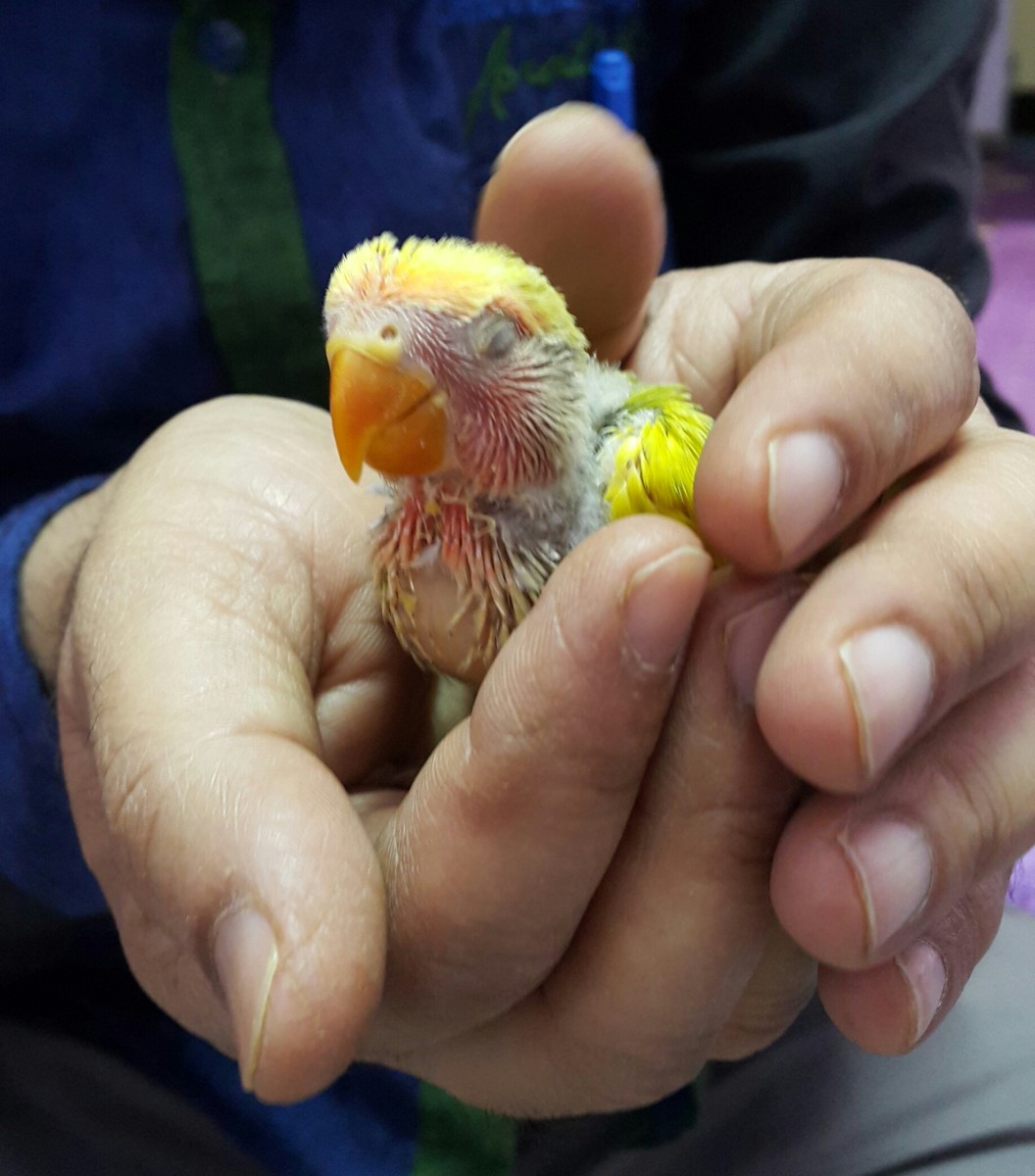
Lovebird Babies: A Comprehensive Guide to Care and Development
Introduction
Lovebirds, known for their affectionate nature and vibrant plumage, are popular companion birds. While they are relatively low-maintenance pets, their babies require specialized care to ensure their proper development and well-being. This comprehensive guide will provide detailed instructions on how to care for lovebird babies, from hatching to fledging.
Hatching and Initial Care
Incubation Period:
- Lovebird eggs typically incubate for 21-23 days.
- Provide a nest box with soft nesting material, such as shredded paper or cotton balls.
- Maintain a temperature of 85-90°F (29-32°C) and humidity of 50-60% in the incubator.
Hatching:
- Once the eggs begin to pip (crack), do not interfere.
- Allow the chicks to hatch on their own, which can take several hours.
- Remove any unhatched eggs after 24 hours.
Initial Care:
- Keep the chicks warm and comfortable in a brooder box.
- Line the box with soft material and maintain a temperature of 90-95°F (32-35°C).
- Handle the chicks gently and only when necessary.
Feeding
Hand-Feeding:
- If the parents are not available or unable to feed the chicks, hand-feeding is essential.
- Use a specialized formula designed for baby lovebirds.
- Feed the chicks every 2-3 hours, using a syringe or gavage tube.
- Gradually increase the feeding frequency and amount as the chicks grow.
Parent-Feeding:
- If the parents are feeding the chicks, ensure they have access to a high-quality diet of seeds, pellets, and fresh fruits and vegetables.
- Provide a shallow dish of water for the chicks to drink.
Nutrition:
- Lovebird babies require a balanced diet rich in protein, carbohydrates, and vitamins.
- Offer a variety of foods, including:
- Formula (for hand-fed chicks)
- Seed mix
- Pellets
- Fresh fruits (e.g., apples, bananas, berries)
- Fresh vegetables (e.g., broccoli, carrots, spinach)
Hygiene and Health
Cleaning:
- Keep the brooder box and nesting area clean to prevent infections.
- Remove soiled nesting material daily.
- Clean the chicks’ feet and vent area gently with a warm, damp cloth.
Health Monitoring:
- Observe the chicks daily for any signs of illness, such as:
- Lethargy
- Loss of appetite
- Respiratory problems
- Diarrhea
- Contact a veterinarian immediately if you notice any concerning symptoms.
Socialization and Development
Socialization:
- Lovebird babies are social creatures and require interaction to develop properly.
- Handle the chicks gently and regularly to socialize them.
- Introduce them to other lovebirds or birds of similar size.
Development:
- Lovebird babies develop rapidly.
- They will start to open their eyes within a few days of hatching.
- Their feathers will begin to grow around 10 days old.
- They will start to fledge (leave the nest) at around 4-6 weeks old.
Fledging and Beyond
Fledging:
- Once the chicks are fully feathered and have developed strong flight muscles, they will start to fledge.
- Provide a safe environment with plenty of space to practice flying.
- Supervise the chicks closely during this transition.
Weaning:
- Gradually wean the chicks from hand-feeding to a solid diet.
- Offer a variety of foods and encourage them to eat independently.
- Monitor their weight and adjust their feeding schedule as needed.
Transition to Adult Care:
- Once the chicks are fully weaned and independent, they can be transitioned to adult care.
- Provide a spacious cage with plenty of toys and perches.
- Offer a balanced diet and ensure they have access to fresh water.
- Continue to socialize and interact with the birds to maintain their well-being.
Conclusion
Caring for lovebird babies is a rewarding experience that requires patience, dedication, and specialized knowledge. By following the guidelines outlined in this guide, you can ensure that your lovebird babies thrive and develop into healthy, happy companions. Remember to consult with a veterinarian for any specific health concerns or additional guidance.
